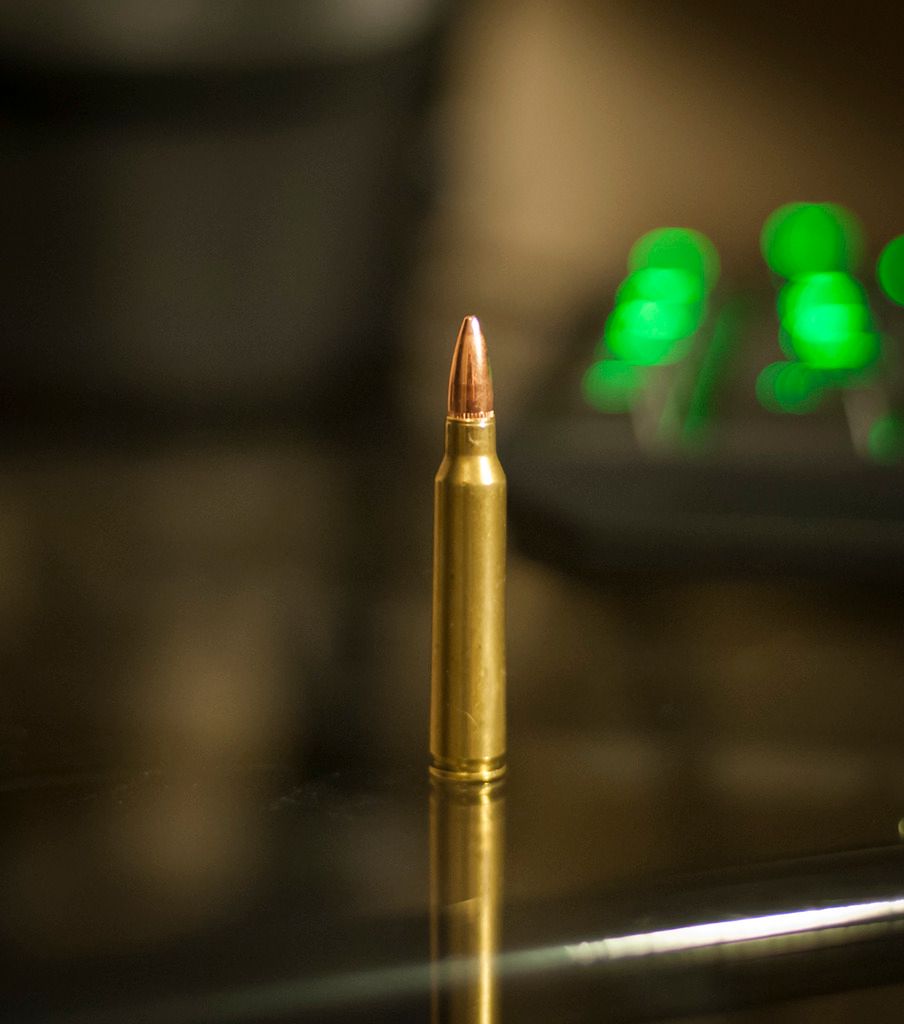Hi Guys,
First time using the FCD, and from everything I've read it is easy to over do it, so I set it to where it just started to make an impression and then left it, but I want to check with you guys as you've undoubtedly seen plenty of these before. How do you know if it's too far? Alternatively, how do you know when you need to apply more? It looked like it was just catching the edge of the case mouth, but maybe that's okay? I trimmed them all so that they were 1.750, or less, if they didn't need trimming.
I tried to get a picture of it, but it was kind of difficult to get the camera to focus that closely.
Thank you

First time using the FCD, and from everything I've read it is easy to over do it, so I set it to where it just started to make an impression and then left it, but I want to check with you guys as you've undoubtedly seen plenty of these before. How do you know if it's too far? Alternatively, how do you know when you need to apply more? It looked like it was just catching the edge of the case mouth, but maybe that's okay? I trimmed them all so that they were 1.750, or less, if they didn't need trimming.
I tried to get a picture of it, but it was kind of difficult to get the camera to focus that closely.
Thank you


